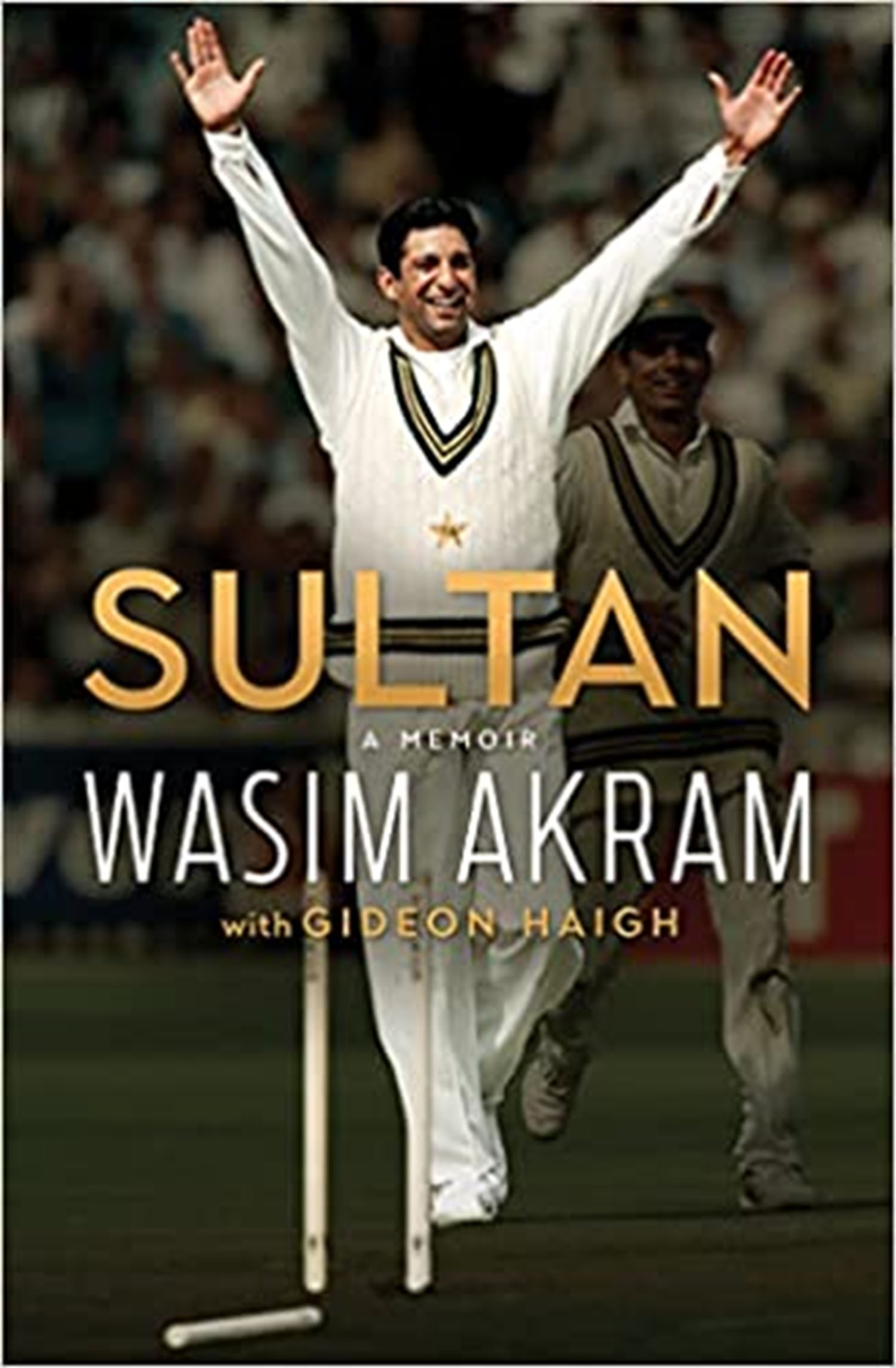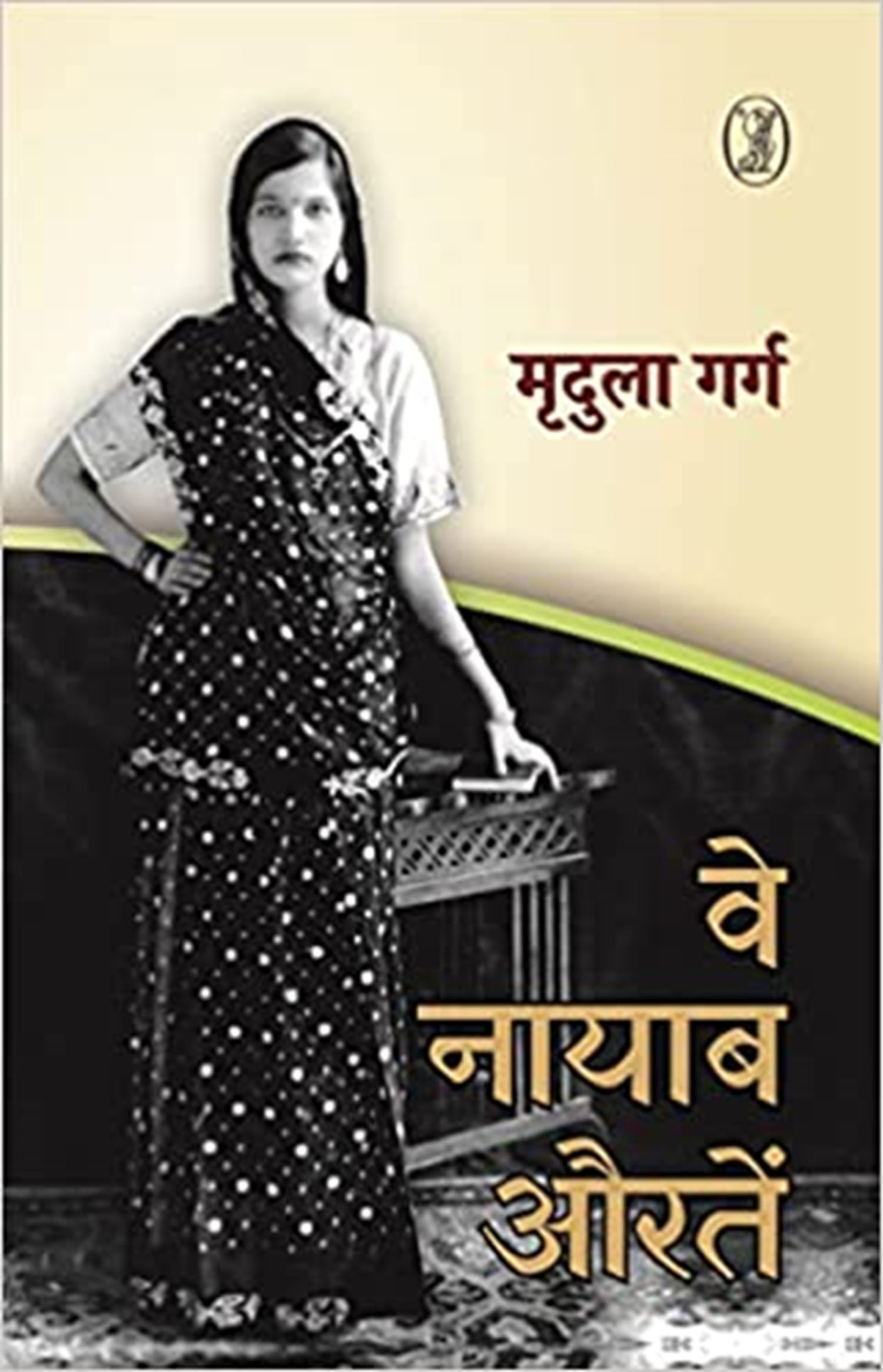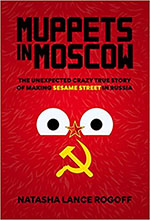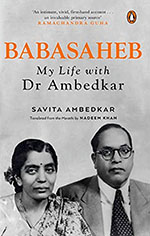Memoir
My first memories of watching the ‘Sultan of Swing’ Wasim Akram bowl to his opponents are from back in the day: Akram with his accurate and brutal left-arm swing pairing up with the toe-crushing yorkers coming out of the fast, pacy hands of his bowling partner Waqar Younis. Whether in Test whites or in Pakistani olive greens, the two gentlemen terrorized many a batsman in their heyday of glory.
Ve Nayab Auratein is remarkable in its expansive scope and commitment. As the title suggests, this memoir is an honest, frank and committed portrayal of ‘nayab’/inimitable women and men who have enriched Garg’s life and career as a writer. She often uses the word äfsana to describe this work, highlighting how literary imagination is deeply entwined with civic imagination. ‘I am a writer after all, and thus driven to enmeshing the real and the imaginary to create new worlds’ (Preface)
In the year of the historic moon-landing, American children were gifted with the educational programme on television named Sesame Street. It revolutionized children’s television in the US and soon became one of the brands of ‘American Values’ in the polarized world. The affectionate muppets in the show were symbols of love, tolerance and cooperation; but above all, they were believed to have inculcated the spirit of individuals’ freedom and dignity amongst school children.
Dr Sharda Kabir, better known as Savita Ambedkar, was Dr. BR Ambedkar’s second wife. There exist conflicting narratives among various circles of the Dalit public sphere, which is deeply suspicious of Mai Saheb’s (as she was fondly addressed) role in Babasheb’s life and more so in his death. I remembered an anecdote while reading this extremely engaging book under review.




